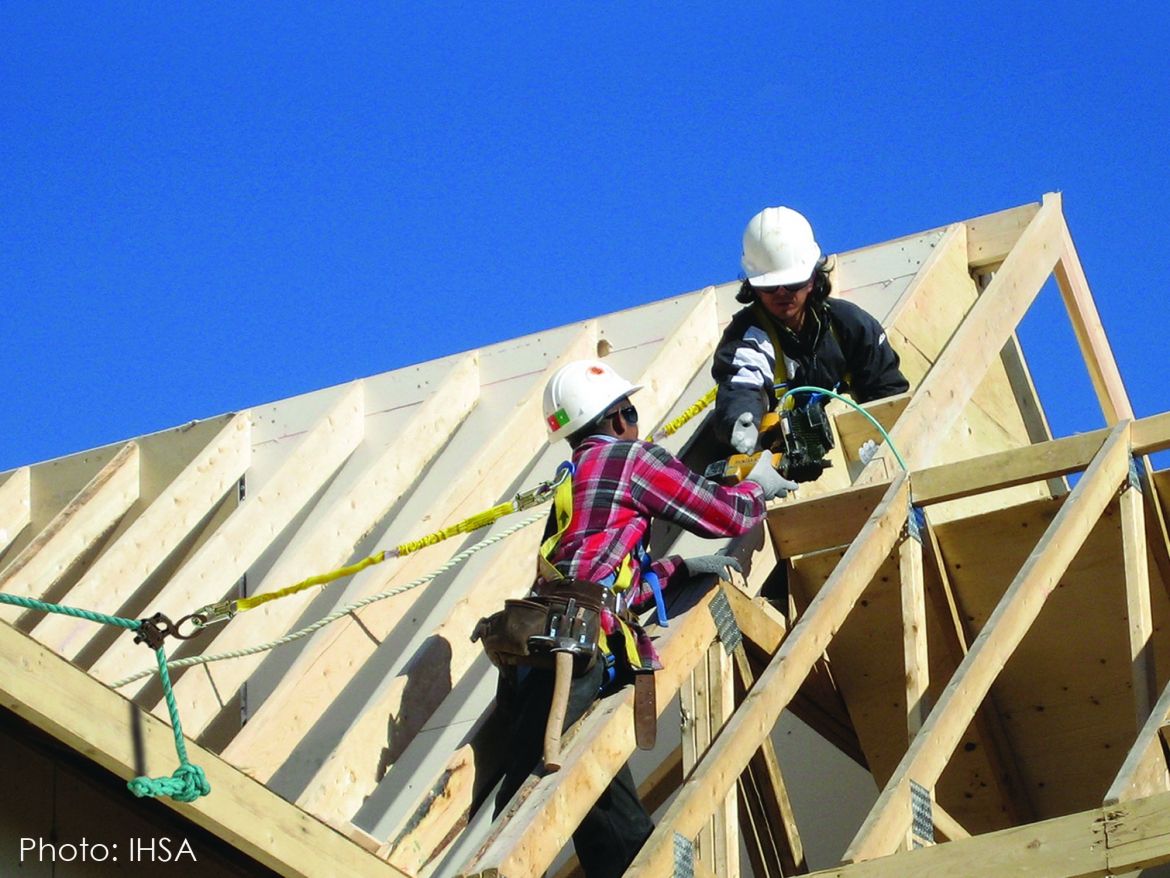Organizational context
Organizational contexts—for example, workplace size, sector and jurisdiction—can shape employer responses to occupational health and safety (OHS). They can also affect organizations’ ability to support employees living with disabling health conditions to stay at work or return to work after an absence. Our research seeks to better understand how these contexts may influence the effectiveness of programs and policies to prevent work injuries and improve OHS and return-to-work outcomes, with a special emphasis on the needs of small business.
Latest findings

Getting the message right: strategies to improve return-to-work communication
Communication is central to disability management—especially in large and complex organizations where multiple parties are involved in the return-to-work process and inconsistent practices can add to communication challenges. What effective RTW strategies do these organizations use?
Implementing participatory ergonomics in the long-term care sector
It can be challenging to tackle long-standing musculoskeletal hazards in busy, high turnover settings such as long-term care homes. Despite this, an IWH study finds a participatory approach—one that involves frontline workers—can be successfully implemented and sustained.
Response to COVID-19: Gathering experiences of OHS authorities in developed countries
How have OHS authorities in developed countries responded to COVID-19? An IWH Issue Briefing offers some insights.Featured impact case study
Featured impact case study

